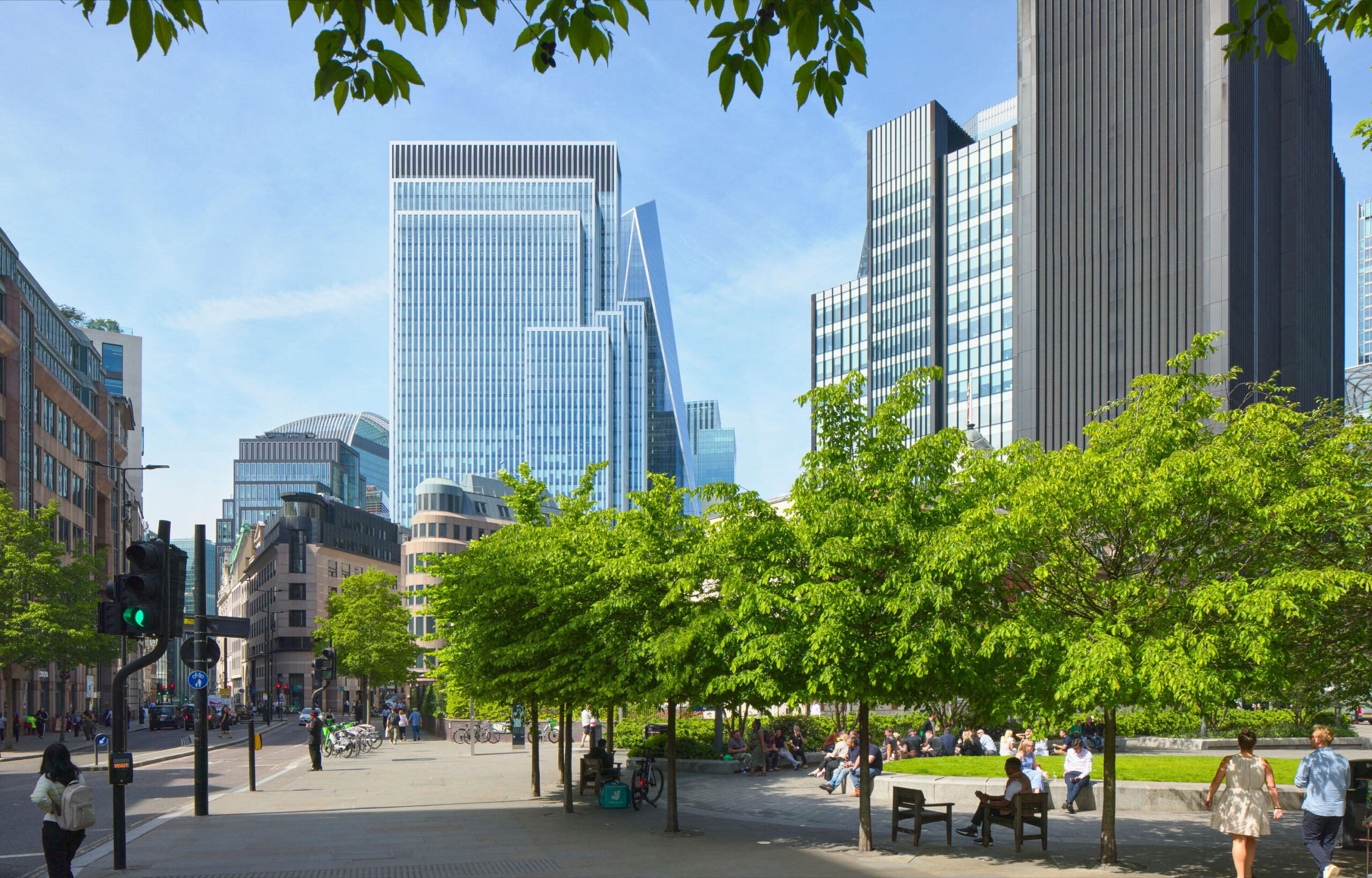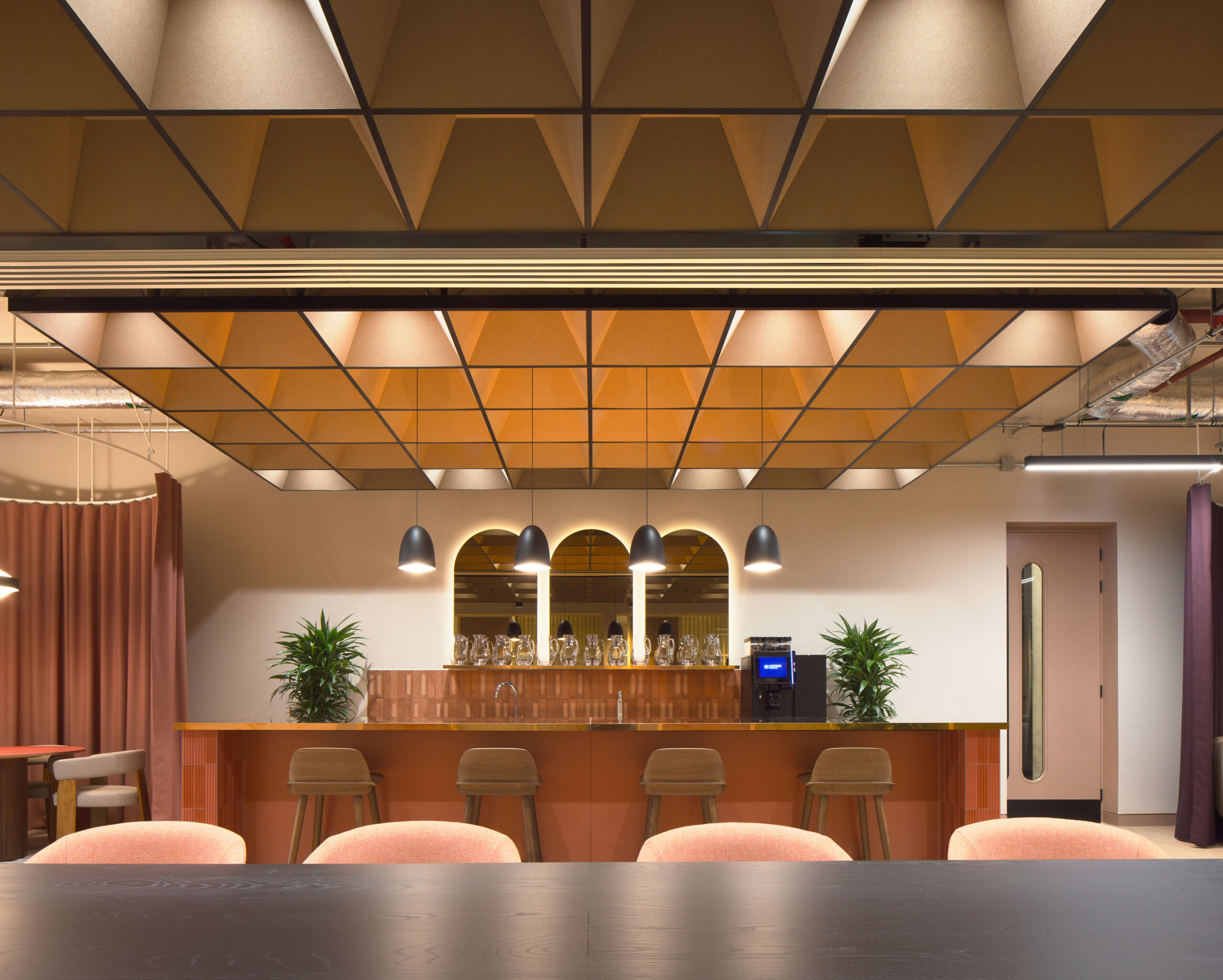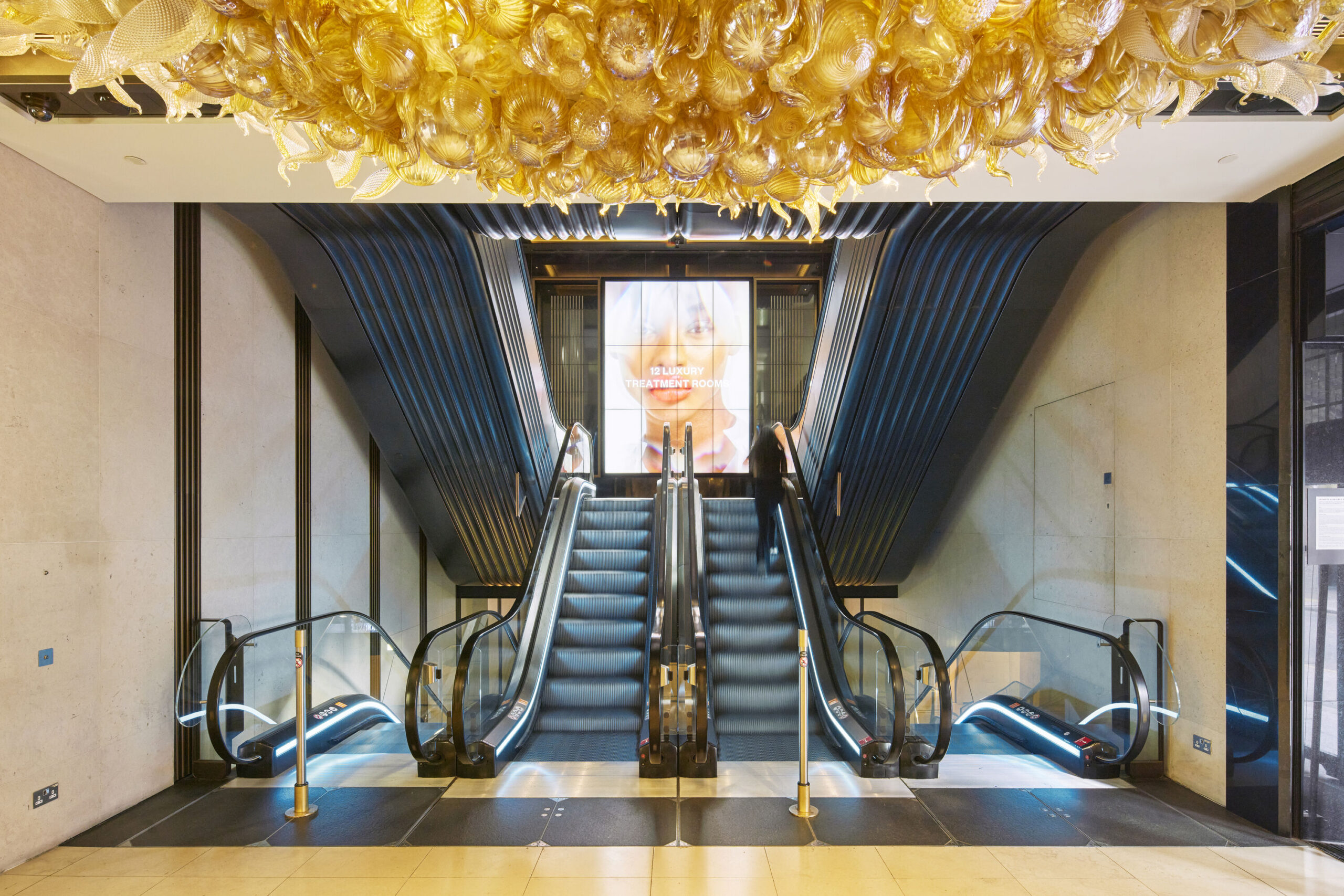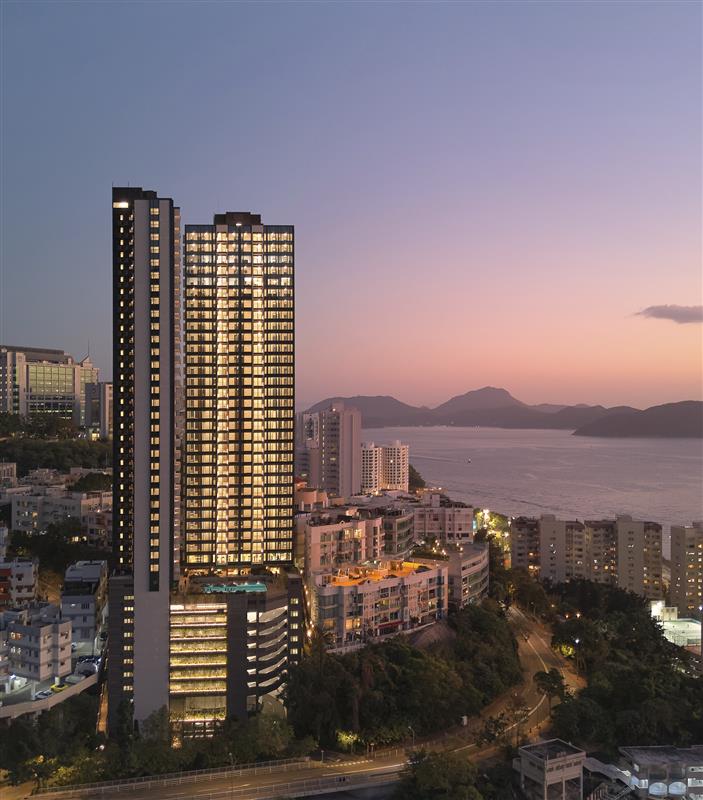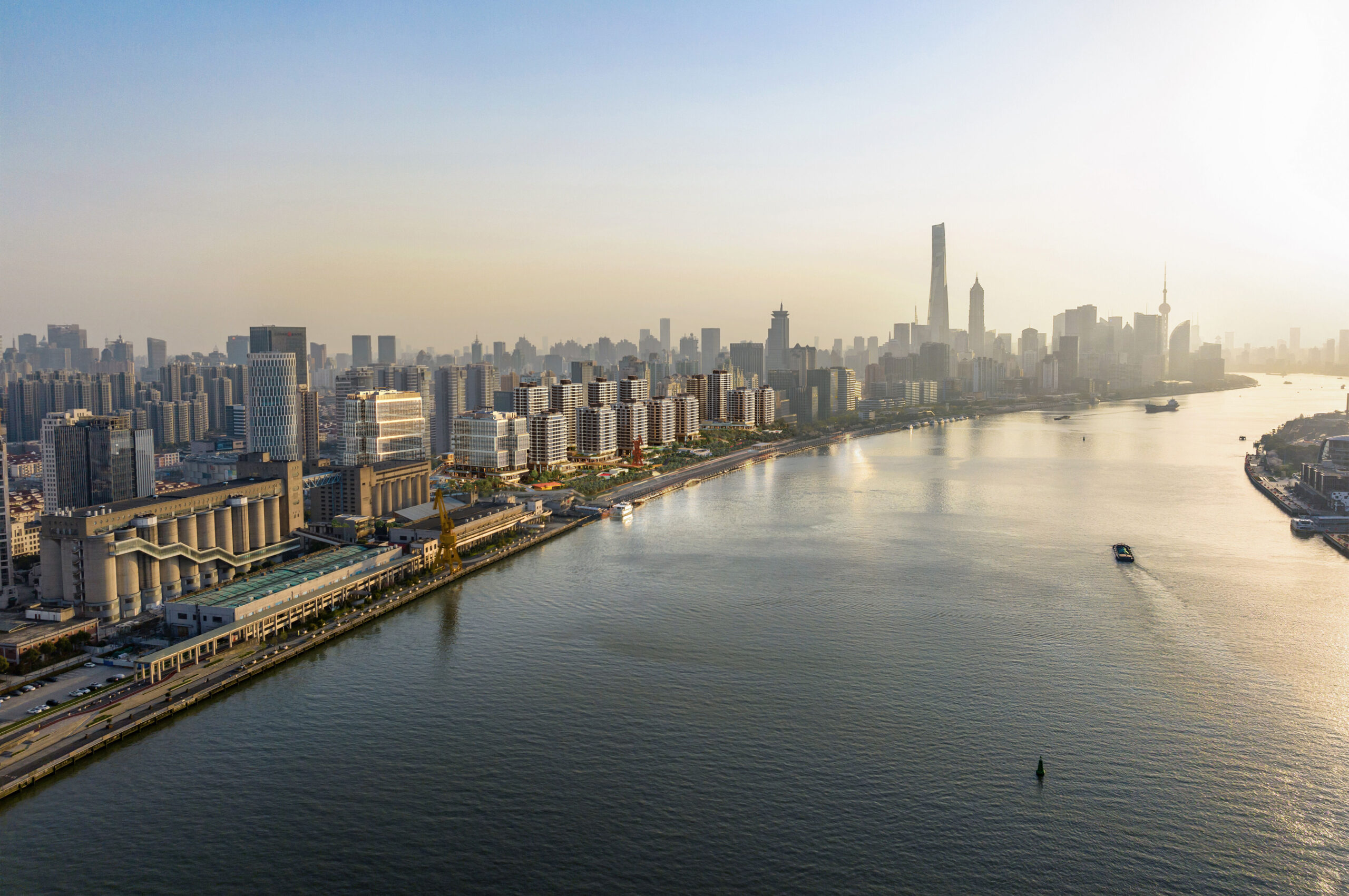As architects we have an ethical responsibility to design for the health of people and our planet. In many ways, they’re inextricably intertwined. That’s why our approach to sustainable design considers the environmental, social and economic factors to be part of a single, interconnected solution. Together with our clients, we’re targeting net zero whole-life carbon design by 2030, with a particular emphasis on embodied carbon.
Make’s six principles of sustainability – Carbon, Environment, Community, Wellbeing, Connectivity and Green economy – are guided by the RIBA 2030 Climate Challenge, the LETI Climate Emergency Design Guide and the UN Sustainable Development Goals. Each principle is associated with KPIs, which we use to assess, benchmark and compare projects.

Carbon
As leaders of the design process, Make advocates for all projects to target net zero carbon by 2030. We start with embodied carbon, examining any opportunities for re-use and retrofit, and prioritising the use of recycled, low-carbon, long-lasting materials and low-carbon construction practices. We reduce operational carbon as much as possible to minimise the need for offsetting, and incorporate circular economy solutions to further curtail emissions and waste over a building’s lifespan. Low-embodied-carbon buildings designed for efficiency, performance and resilience lead the way to net zero.

Environment
Make pursues designs that protect the environment from pollution, resource depletion, ecological harm and biodiversity loss. This begins with encouraging the selection and remediation of brownfield sites where possible. We create biodiverse green spaces that complement and enhance local ecosystems, and promote sustainable, diversified land use and productive landscaping. We think imaginatively about water use, from on-site harvesting and recycling to potable water conservation and stormwater attenuation. Our designs avoid toxic supply chain and construction practices that contribute to air, water or soil pollution.
Community
Placemaking is central to our designs. We create safe, healthy, attractive places where people feel they belong, and that express the local identity of the community. We look to optimise the mix of uses within a scheme to create dynamism and encourage interaction between occupants and members of the public. High-quality, pedestrian public realm with links to social amenities is essential, as is wide engagement with the community and local stakeholders, which helps maintain a robust physical and cultural environment.

Wellbeing
At Make we design for the physical, mental and emotional wellbeing of the people using our schemes. We think about sensory experiences of daylight and darkness, fresh air, views, thermal comfort, acoustics, and the smell and tactility of healthy materials. We encourage active circulation, outdoor access and places for exercise, as well as connections to nature, biodiversity and food production. It’s also important to create spaces for socialising and community-building.

Connectivity
Our schemes prioritise active, low-carbon travel and high-quality digital connectivity. We aim to provide enjoyable pedestrian links to existing and future public transport and to local amenities. Thoughtfully designed public realm and great end-of-trip facilities encourage smart commuting. High-quality public realm also invites use by the local community and makes for a pleasant arrival at our buildings, which we design to be inviting, accessible and easily used by all. We promote the provision of infrastructure for electric vehicles and spaces for car-sharing where possible. Robust digital connectivity allows for teleworking and videoconferencing, which reduces unnecessary travel.

Green economy
Our designs contribute to the green economy, which seeks to reduce environmental and ecological damage and improve human wellbeing and social equity. Designing green projects not only helps mitigate the climate crisis but also creates new green jobs to aid the global economic shift to low carbon. We look to design ‘long life, loose fit’ schemes with whole-life cost plans that incorporate embodied and in-use carbon, as well as overall running costs. These flexible, resilient developments retain their value long into the future and contribute to their local economies.






